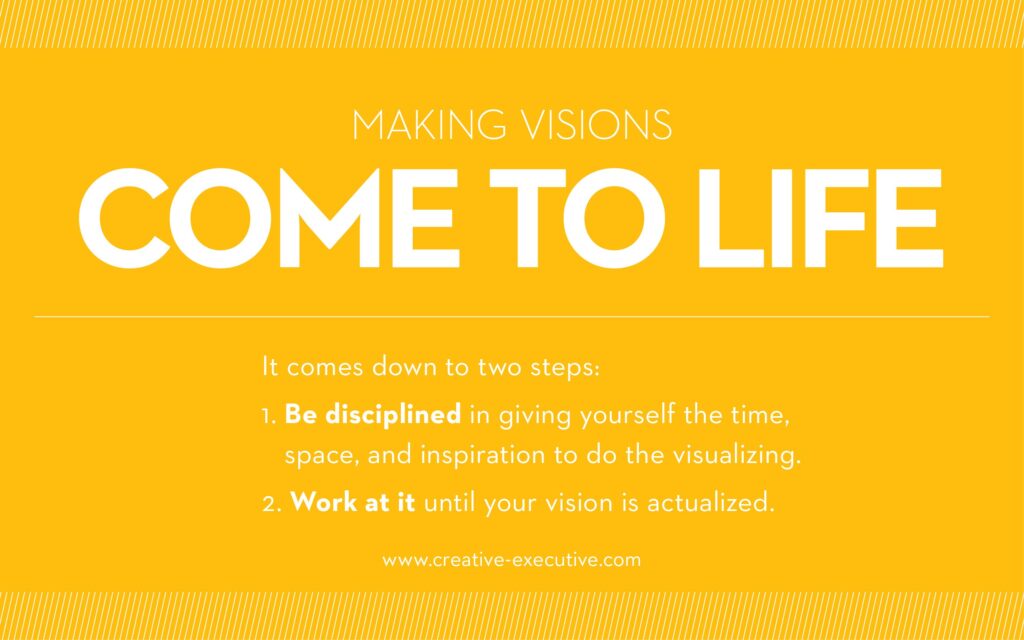
Here’s something you probably didn’t predict about your career when you started out: Midway through, with plenty of success behind you, you’re still looking for your path.
The secret that no one tells you? It’s totally up to you to figure it out.
The landscape of the work world is a lot different than it was when you first started out. Companies that still lay out succession paths of how you can move up are few and far between.
Who you are — and what you need to do to keep succeeding — is different, too. At this stage, your success is less about how you execute and more about how you manage relationships and make things happen.
So you’re in charge of the path. What does that mean for you now?
You Have to Set Your Vision
- Know where you want to go. What new challenges do you want? What do you want to create in the rest of your career? You can’t know what steps you need to take, what risks are worth it and where you should push back if you aren’t sure where you are headed — both in the short and long term.
- Align with your company. How can you align your vision with your company’s? If your company hasn’t conveyed a vision, ask about it. No answer? There may not be one, which means you really need to find your own.
You Have to Pursue Your Vision
- Be strategic. You know how your company works. What efforts and tactics do you need to use to get where you want to go? When, for example, do you really need to ask for permission, and when should you just push ahead and ask for forgiveness later.
- Get lots of feedback. Get feedback from your boss, your peers and your team – both in the moment and more in-depth at least quarterly. There are ways to accomplish this without saying “How am I doing?” Asking your team “Where do you feel inspired in your work?” can help you figure out how to engage and lead. Or ask your bosses: “I realize the original plan didn’t give us the result we were hoping for. I was thinking we could do x,y and z. What would you recommend?”
- Put that feedback into action. If people tell you that you interrupt your peers in meetings and then you keep doing it, your motives will be questioned.
- Check in with yourself regularly. Make sure you’re still on the path to where you want to go. When I work with people who are dissatisfied in their job, we have a big conversation: Stay in your role and figure out how to get what you need out of it, or go someplace else.
We like to say around here that what got you from Point A to Point B isn’t necessarily what will get you from Point B to Point C. That new path is there (and we can help you navigate it) — it’s your job to find the vision that will guide you to each step along the way.